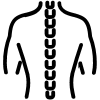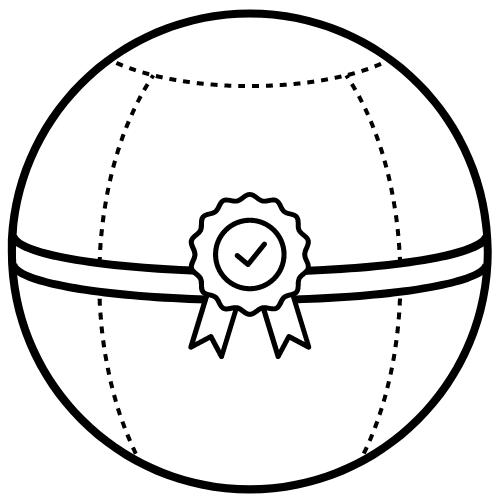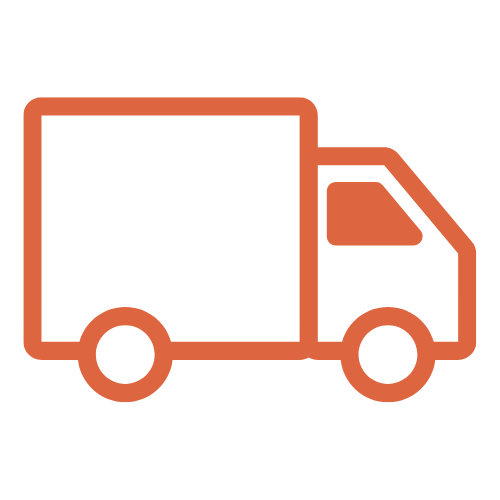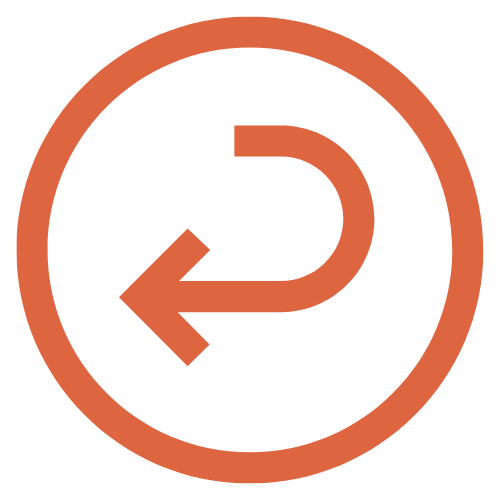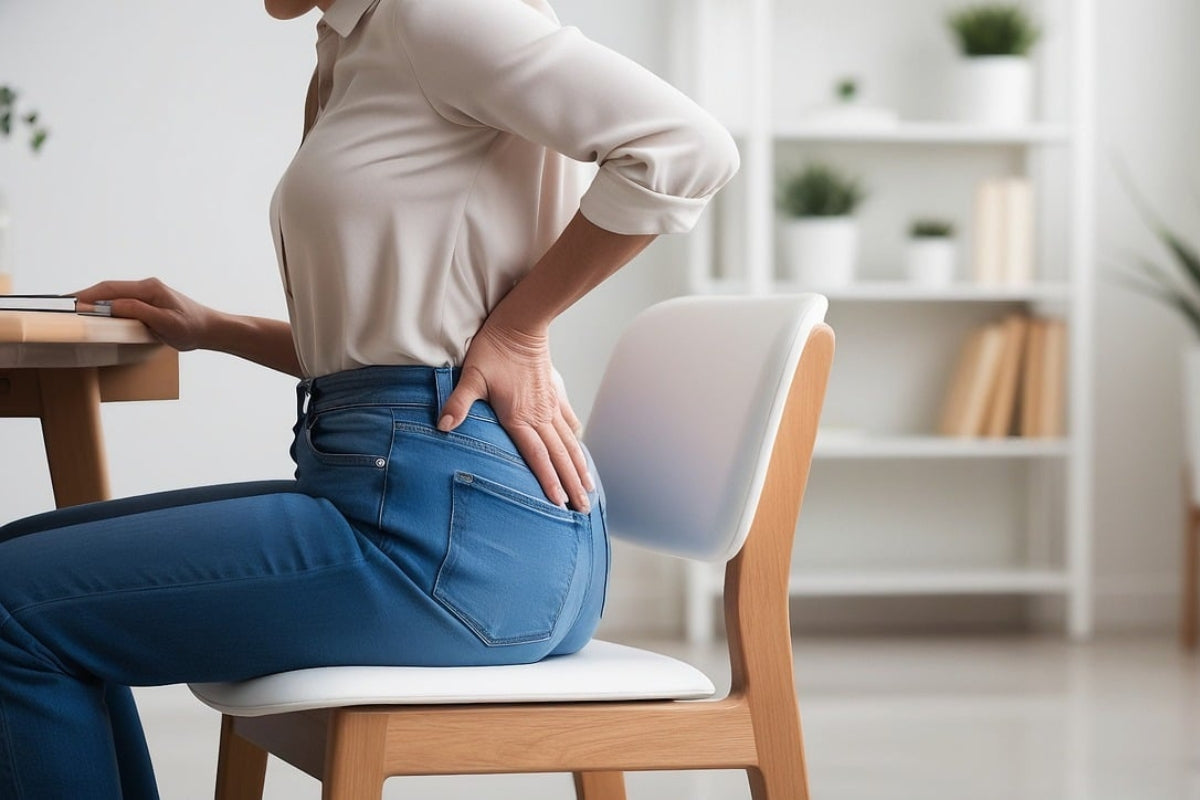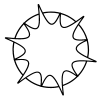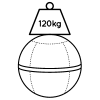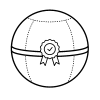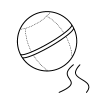The spine is a complex structure whose primary functions are to support the body and protect the spinal cord. To fulfill these functions, the spine is composed of natural curvatures—scoliosis, kyphosis, and lordosis. Unfortunately, these natural curvatures can become abnormal or excessive, leading to significant health problems.
To help you understand and avoid confusion, here is a clear explanation of the different terms:
Your spine has three main curvatures: scoliosis, kyphosis, and lordosis. These curvatures allow your spine to support your body's weight. Each curvature has a specific function and contributes to the proper functioning of your back. However, these natural curvatures can also be pathological.
Scoliosis, kyphosis, lordosis: Natural curvatures
There are four natural curvatures in total: thoracic kyphosis, sacral kyphosis, cervical lordosis, and lumbar lordosis. Cervical and lumbar curvatures form lordosis, and thoracic and sacral curvatures form kyphosis.
Kyphosis
There are two kyphosis-type curvatures.
Thoracic kyphosis is located at the chest level (T1 to T12) and is an outward curvature. Sacral kyphosis is an outward curvature, located at the sacrum and coccyx (S1 and lower).
Natural kyphosis-like curves allow your spine to support the weight of your head and upper body.
Lordosis
There are two types of Lordosis: cervical Lordosis, an inward curvature located at the neck (C1 to C7) and lumbar Lordosis which is located at the lower back (L1 to L5) and is an inward curvature.
Natural lordosis-like curves are essential for posture and mobility. They allow your spine to support your body weight effectively.
Scoliosis
Unlike lordosis and kyphosis, which are natural curvatures of the spine, scoliosis is often considered a pathological condition, as it is a deviation of the spine to the left or right, in the shape of an "S" or a "C".
Mild scoliosis can sometimes be present without serious problems, however severe scoliosis can lead to many complications such as breathing problems, pain or functional limitations.
Pathologies of curvature of the spine
Although natural, spinal curvatures, scoliosis, kyphosis and lordosis can become pathological, causing deformities that negatively impact your posture and overall health.
Scoliosis
Scoliosis, being a deformation of the spine in the shape of an ''S'' or ''C'' visible when looking at the back, always indicates an anomaly. This anomaly can be a functional scoliosis, caused by abnormal muscular tensions of the paraspinal muscles which impact the curvature, or a structural scoliosis, this one is much more serious and is due to a malformation of the bones of the spine.
Functional scoliosis can be caused by prolonged poor posture, leg length discrepancy, or sciatica. Structural scoliosis can be due to genetic factors, neuromuscular diseases (such as muscular dystrophy), or congenital malformations of the vertebrae.
Kyphosis
Kyphosis, also called hyperkyphosis, is an exacerbation of natural kyphosis, resulting in a hunched posture or "hunchback posture." This condition can present as hyperkyphosis, an excessive backward curvature of the thoracic spine, or Buffalo Hump, a pronounced curvature of the first thoracic vertebrae or the last cervical vertebra.
The causes of hyperkyphosis are generally related to aging, long-term poor posture, degenerative diseases such as osteoarthritis, osteoporosis with vertebral fractures, and Scheuermann's disease (abnormal growth of the vertebrae in adolescents). The buffalo hump is due to the accumulation of fat at the back of the neck, often associated with disorders such as Cushing's syndrome.
Lordosis
Lordosis, or more precisely hyperlordosis, corresponds to an excessive curvature of the lumbar region, called "lumbar hyperlordosis." There is also cervical hyperlordosis or "cervical stiffening," which is characterized by a reduction in the natural curvature of the neck.
Lumbar hyperlordosis can be caused by poor posture, pregnancy, obesity, weak abdominal muscles, or spondylolisthesis, while cervical hyperlordosis is often caused by neck trauma or congenital conditions.
Scoliosis, kyphosis, lordosis: Possible treatments
Regular monitoring and follow-up
It is essential to monitor the progression of your curvature with a professional by having regular x-rays and clinical examinations to find a treatment adapted to your situation.
Orthopedic corset
For growing individuals, such as adolescents, an orthopedic corset can help limit the progression of curvature. The orthopedic corset should be worn regularly according to your doctor's specific instructions. The corset helps maintain good posture regardless of your condition.
Rehabilitation and physiotherapy


Rehabilitation and physical therapy can help you strengthen your back muscles, improve your posture, and increase your flexibility. Physical therapy is recognized as very effective for kyphosis, regardless of the cause, lordosis, and scoliosis. It can relieve pain and teach you how to properly manage your body and adopt good posture during your daily activities.
For more information on physiotherapy, we recommend that you consult the French Federation of Physiotherapists and Rehabilitation Therapists (FFMKR).
Physiotherapy and postural exercises
Physiotherapy and postural exercises can help correct any muscle imbalances and improve spinal alignment. Physiotherapy is a paramedical discipline that uses manual techniques to treat body dysfunctions.
Weight management and lifestyle changes


A healthy lifestyle, including a proper diet and physical activity, goes a long way in preventing the risk of unnatural spinal deformation. Furthermore, maintaining proper posture and using ergonomic furniture are essential elements in preventing back problems and overall health.
If you'd like to learn more about how to maintain good posture to prevent pain and protect your spine, check out our article.
For more information on ergonomic furniture and how to set up an ergonomic workstation , please consult our article: Ergonomic workstation.
Surgery
Surgery may be used as a last resort when all other treatments are ineffective. Surgical procedures aim to correct the curvature of the spine and stabilize it, while reducing pain. For more information on spinal surgery, visit the Paris Back Institute.
Strengthening and stretching exercises
To maintain flexibility and strengthen your back, it's important to incorporate strengthening and stretching exercises into your daily routine and stay active. Depending on the severity of your symptoms, a doctor may recommend certain exercises to manage your scoliosis, kyphosis, or lordosis.

If you want to know exercises to prevent back pain and improve your posture, check out our articles:
10 Exercises with a Ball at the Office: For an Active and Balanced Life
The 12 Best Office Stretches to Relieve Stress and Tension
Ultimately, scoliosis, kyphosis, and lordosis are natural curvatures of the spine that are essential for maintaining the body. However, in some cases, these spinal curvatures can lead to illnesses, which is why you must adopt healthy lifestyle habits and good posture every day to protect your spine.
